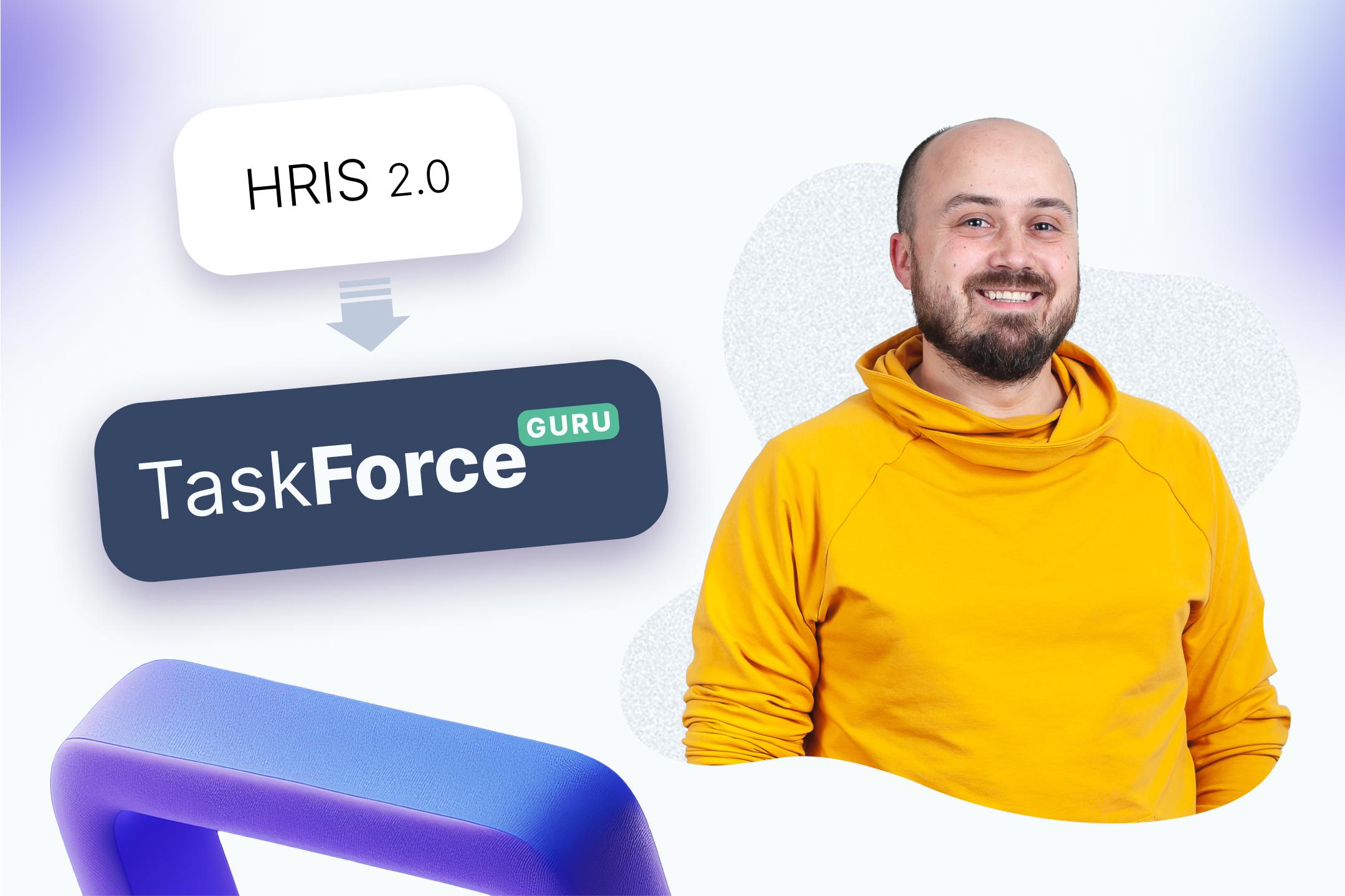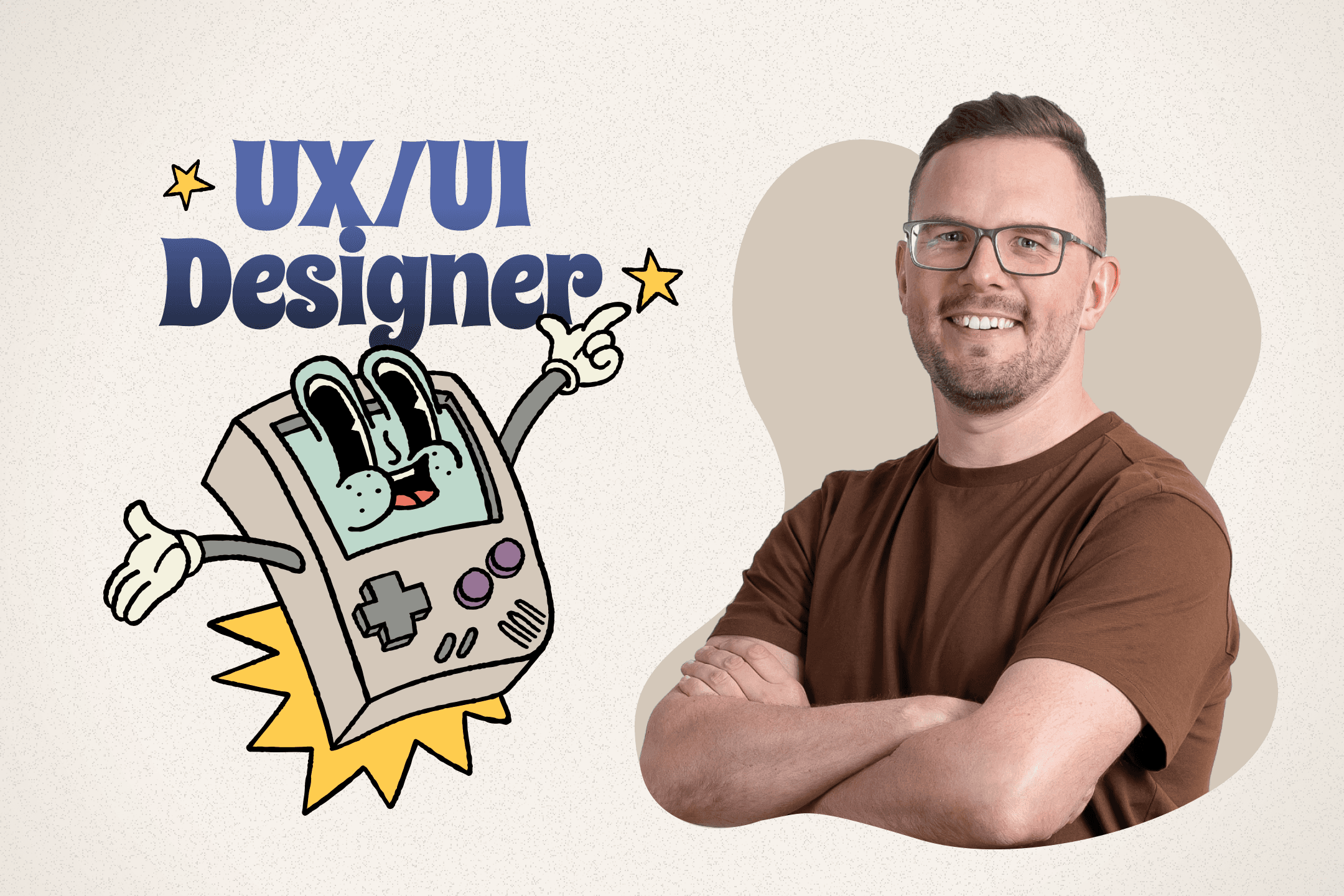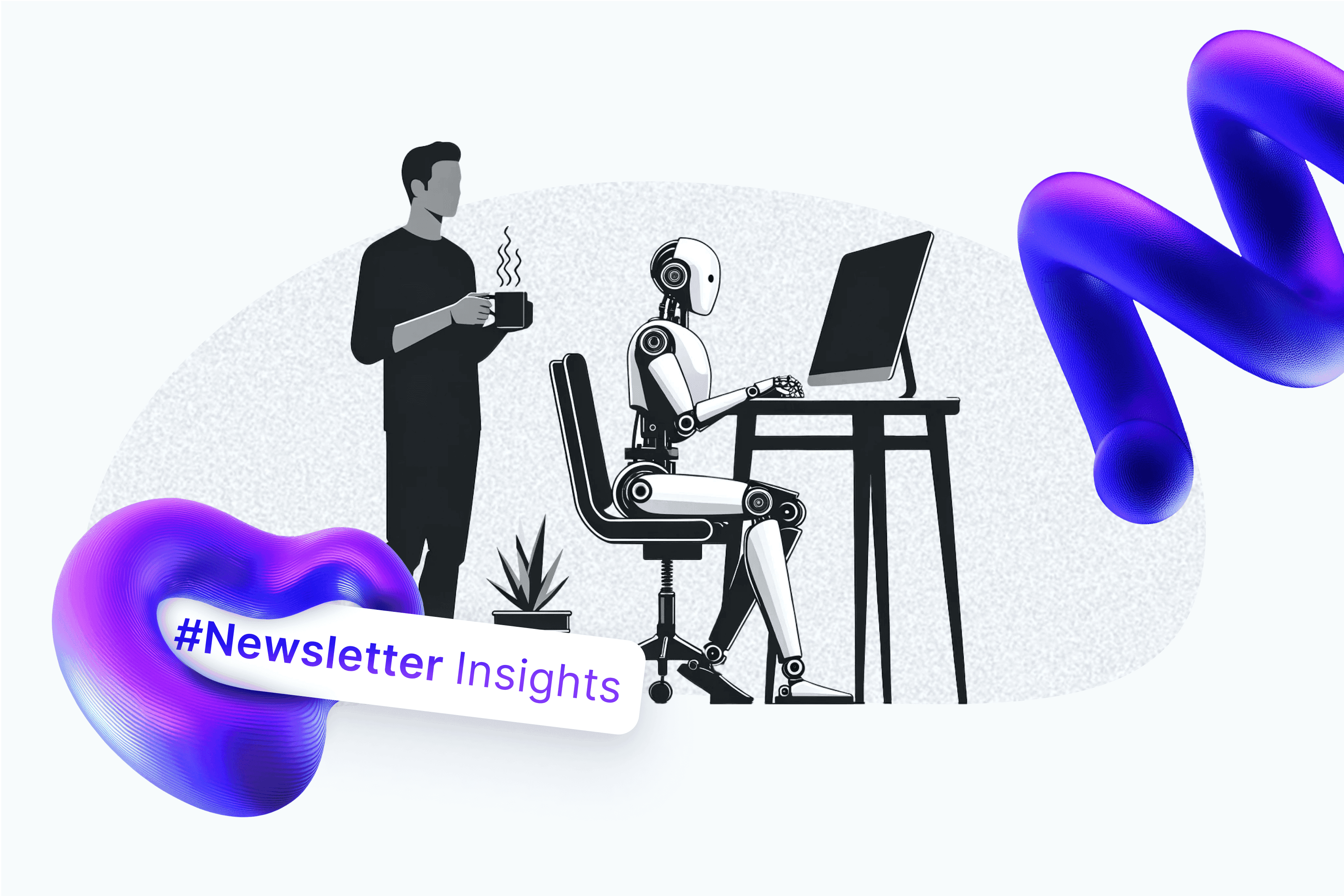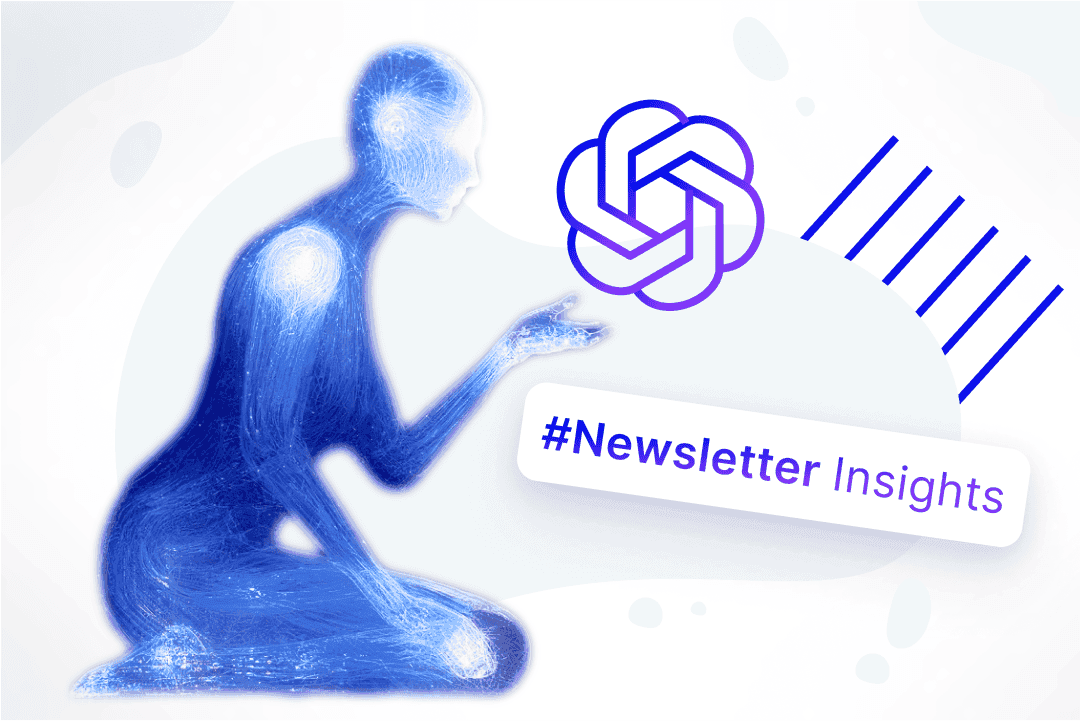
Welcome to the next episode of our “Bitnoise Tool Set” series, where we dive into the technologies and workflows that power our teams. Today, we’re focusing on the toolkit of a UX/UI Designer – the essential tools they use to design, prototype, and deliver intuitive, scalable digital experiences.
This article takes the form of an interview with our senior designer, offering firsthand insights into their daily design workflow. We’ll explore not only the creative toolkit – design software, prototyping tools, and collaboration platforms – but also some more casual topics like sources of inspiration, favorite side hobbies, and personal productivity hacks.
Whether you’re an aspiring UX/UI Designer or just curious about our tech ecosystem and design, this guide will give you a behind-the-scenes look at how our team works.
Let’s dive in!
Łukasz Berliński, UX/UI Designer
I’ve been part of the design industry for over 17 years. My first commercial web design projects date back to my university days. Although I hold a degree in Automation Engineering, I fully transitioned into the design field early in my career.
Today, I specialize in designing both desktop and mobile applications, though I also have experience in other areas of design.
Outside of work, I’m passionate about 3D printing, retro gaming consoles, and Lego.
Essential Tools
-
My everyday toolkit includes Figma, Miro, After Effects, Photoshop, and Illustrator.
-
In terms of hardware, I work on a MacBook Pro with high-quality monitors to ensure precision and clarity.
Design Systems
I regularly work with design systems – ranging from standardized frameworks like Google’s Material Design, to custom systems developed for clients. I’ve also created several systems from scratch, both simple and complex, depending on project needs.
Prototyping and Testing
I primarily use Figma for prototyping – it’s fast, efficient, and allows for immediate feedback. Prototypes are a standard part of my process and help clients preview the application’s functionality before development begins. This early validation step is crucial for aligning expectations and preventing issues down the line.
For usability testing, I tailor the approach and tools based on the project, but always prioritize quick iterations based on real user feedback.
Collaboration
In the past, I used Zeplin during the Sketch era, but nowadays I rely almost exclusively on Figma. Its Inspect and Dev Mode features are more than sufficient for efficient handoff.
For more complex projects, I always schedule alignment meetings with developers to make sure we’re fully synced on interactions, animations, and overall design intent.
For communication and project management, I’ve worked with tools like Slack, Trello, Asana, and Notion – whatever best fits the team setup.
File Management & Backup
I take file security seriously. As the saying goes: There are two kinds of people: those who back up their data – and those who will.
After learning the hard way years ago, I now maintain both local backups (via NAS with an off-site mirror ) and cloud backups to ensure nothing gets lost.
Automation & Productivity
Absolutely – AI has been a game-changer. Tasks that used to take hours can now be done in seconds: generating avatars and illustrations, filling prototypes with sample user data, or extending and adapting images for better composition. What was once tedious manual work can now be done with just a few clicks.
Workflow Optimization
I constantly explore new tools and workflows that improve efficiency, especially for task management, time tracking, and team collaboration. Custom keyboard shortcuts, Figma plugins, and smart templates are part of my everyday workflow.
Learning & Growth
I make it a point to stay current with new features in design tools and evolving UX trends. I regularly listen to design-related podcasts from Design Practice, product dissign, UX po Godzinach, read industry articles, and follow YouTube channels and Reddit communities focused on UI/UX.
All-Time Favorite Tool
Today, it’s probably Figma – but deep down, old-school Photoshop CS3 still holds a special place in my heart.
Advice for New Designers
Learn by observing those with more experience. Creativity is essential, but many design problems have already been solved – don’t waste time reinventing the wheel.
And most importantly: communicate. Early in your career, it might feel like designers and developers are on opposing teams – but with clear, respectful communication, that barrier disappears. In the end, you’re working toward the same goal: delivering a great product.
Quick Questions
-
Operating system? → MacOS, although my phone is a Pixel with Android.
-
Light mode or dark mode? → Dark mode
-
Browser? → Firefox
-
Favorite browser extensions? → Bitwarden, FontsNinja, SVG Gobbler
-


